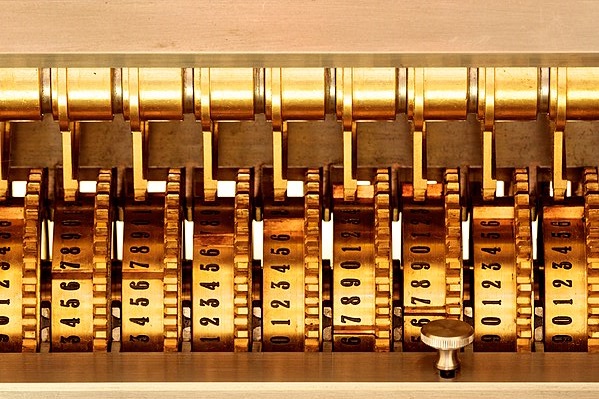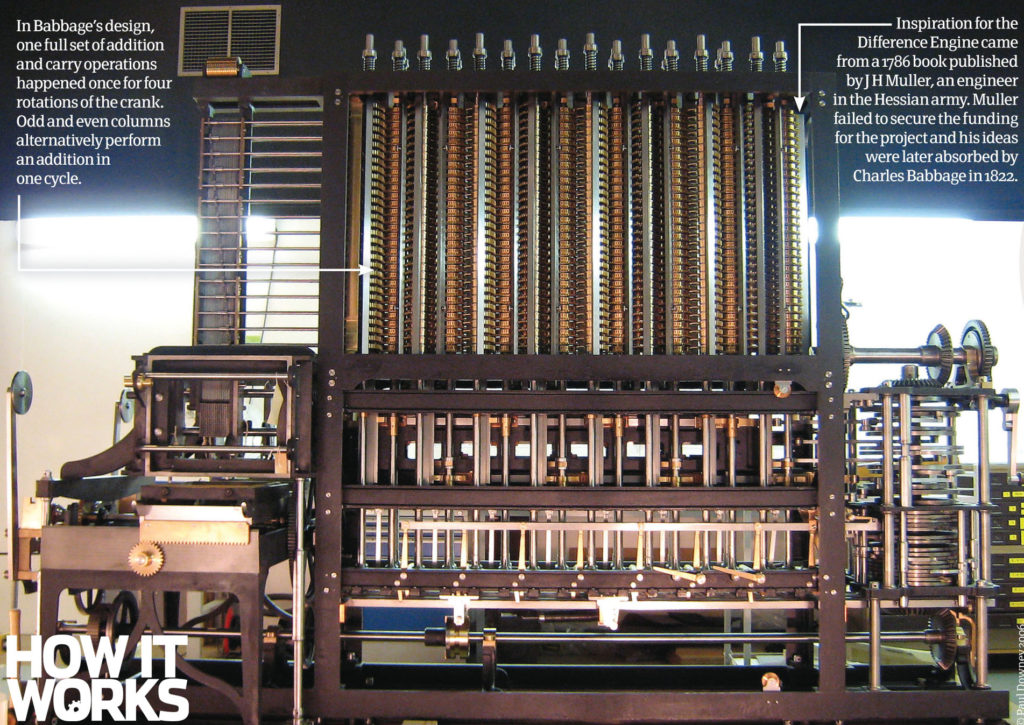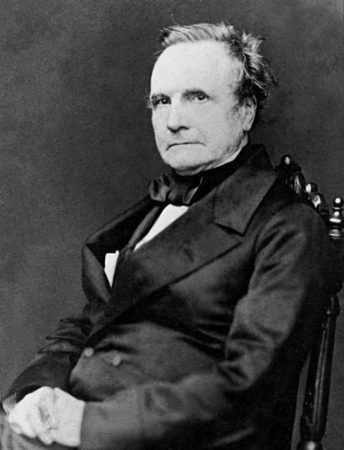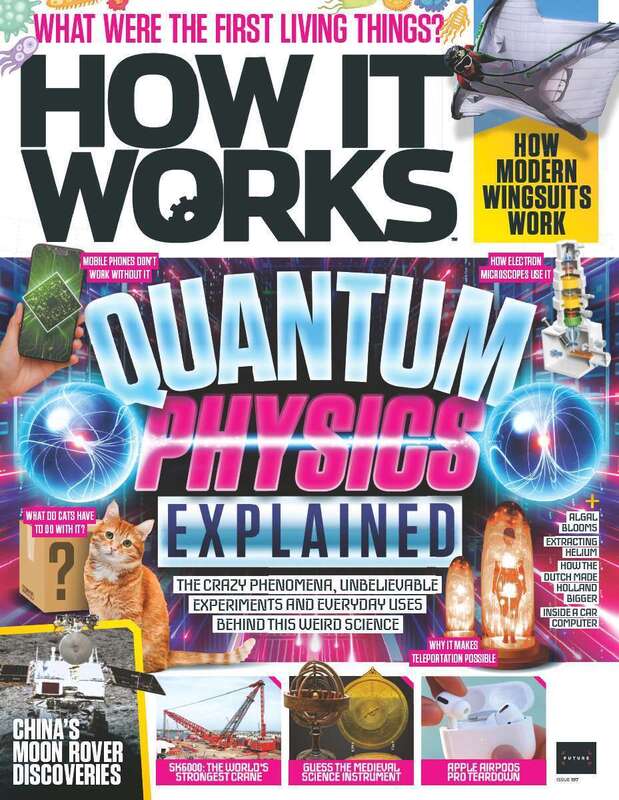How did the first computer work?
by Ailsa Harvey · 11/02/2020
Discover the origin of computers, over a century ago

(Image credit: Marcin Wichary)
The Difference Engine is the first automatic, mechanical calculator designed by British mathematician Charles Babbage, who proposed its construction in 1822 to the Royal Astronomical Society. He suggested the machine would employ the decimal number system and would be powered by turning a handle, as a method to calculate mathematical tables mechanically, therefore removing the high rate of human error.
At first Babbage received financial backing from the British Government, but this was later pulled when no apparent progress had been made on constructing the device. The inventor went on to design a more general analytical engine and then later in 1847 an improved engine design – the Difference Engine No. 2.
From 1989 to 1991, using Babbage’s original plans of this second version, the London Science Museum constructed Babbage’s envisaged machine. Faithful to the original designs the machine consists of over 8,000 parts, weighs five tons and measures 11 feet in length. In 2000 the printer which he plotted to accompany the engine was added and together performed as the inventor had intended over a century before. The completion of the machine ended a long-standing debate as to whether Babbage’s designs would’ve worked.

Who was Charles Babbage?
Born in London in 1791, Charles Babbage was a mathematician, philosopher, inventor and mechanical engineer. He was formerly tutored as a child in Devon and Middlesex, and in 1810 he attended Trinity College where he claimed to be disappointed in the mathematical education available. Teaming up with John Herschel and George Peacock, among others, Babbage and company formed the Analytical Society in 1812.

In 1814 he married Georgiana Whitmore and moved to Dudmaston Hall in Shropshire where Babbage engineered the central heating system. The couple had eight children, three of which survived to adulthood. In 1827 Charles’ wife, father and at least one son died, it was these sad events which caused the inventor to suffer a mental breakdown, delaying the construction of many of his machines. He died aged 79, it is thought of ‘renal inadequacy, secondary to cystitis’. Half of his brain is preserved in the Hunterian Museum in the Royal College of Surgeons, London.
This article was originally published in How It Works issue 2
For more science and technology articles, pick up the latest copy of How It Works from all good retailers or from our website now. If you have a tablet or smartphone, you can also download the digital version onto your iOS or Android device. To make sure you never miss an issue of How It Works magazine, subscribe today!





